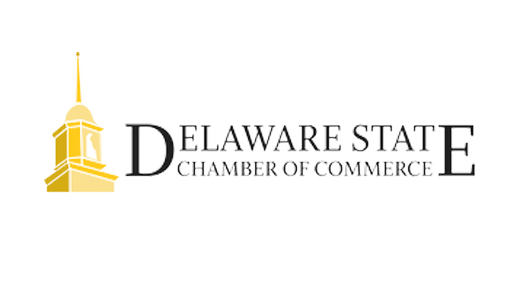August 22, 2024
Is your business dependent on legacy equipment? There’s a common misconception that keeping old information technology gear on life support will save businesses money and help delay the inevitable investment associated with a major upgrade. The thing is, doing so often leads to higher expenses and inefficiencies, including increased IT support expenses and an elevated risk of cybersecurity vulnerabilities.
The Benefits of a Tech Upgrade
Investing in a timely technology upgrade can yield numerous benefits, including:
- Reduced maintenance costs: Modern equipment is generally more reliable and requires less frequent maintenance.
- Improved productivity: Up-to-date technology can streamline processes, enhance collaboration, and boost employee morale.
- Enhanced security: Newer systems are equipped with advanced security features to protect your data and mitigate risks.
- Lower energy consumption: Modern equipment is often more energy-efficient, reducing your environmental impact and utility costs.
- Increased compatibility: Upgrading to newer technology ensures compatibility with the latest software and applications.
- Enhanced scalability: Modern systems are designed to support business growth and expansion.
Let’s expand on each benefit.
Increased Maintenance and Repair Costs
Old tech breaks down quite often. And if you are handling tech support in-house, that means your team will be constantly bogged down with redundant repair tasks when they could be engaging in more dynamic work. Even if you are outsourcing repairs, frequent breakdowns will leave you facing unsustainable operating costs.
Either way, it’s bad for business. But IT consulting pros can help you determine when it’s time for an upgrade and guide your search for replacement solutions.
Decreased Productivity
Your team can’t work to its fullest potential if members are constantly fighting against the very tools designed to make their lives easier. Slow computers and old software can lead to longer processing times and frustrated employees. And that decreased productivity can hurt your bottom line both now and in the long run.
Upgrading your tech will not only improve productivity but also make work more enjoyable for your staff.
Security Risks
As older systems often do not receive regular security updates, they’re typically left vulnerable to attacks and other cybersecurity risks. By working with a managed service provider (MSP), you can reduce your exposure to attacks and ensure your tech is always up-to-date with the latest security patches.
Higher Energy Costs
Older tech typically consumes more energy than newer models. And though one old computer probably won’t make a significant change to your utility costs, an entire department filled with aging tech will. Upgrading to newer, energy-efficient solutions can reduce your energy bills. It’s also a great way of supporting your sustainability initiatives.
Compatibility Issues
Older hardware may not be compatible with new software and applications. That, in turn, can lead to your business incurring additional costs as you and your team try to find workarounds or invest in custom integration solutions. Making the jump to the cloud and replacing old gear with modern alternatives, like managed cloud solutions, is a great strategy for eliminating compatibility issues.
Limited Scalability
Outdated solutions, especially those that are managed using on-premise infrastructure, can’t grow with your business. If you need to hire more staff, open a second location or adopt a robust new software solution, you may find that doing so proves difficult due to the limitations of your gear.
It’s Time to Upgrade
The costs of using old gear can add up fast, impacting your company’s efficiency and security, not to mention its bottom line. One of the significant advantages of partnering with a reputable IT company is that they take the burden of technology management off your shoulders. These IT professionals stay up-to-date with the latest industry trends and best practices. They proactively monitor your systems, identify potential issues before they become critical, and recommend upgrades or maintenance when necessary. By outsourcing your IT needs, you can focus on core business operations without worrying about the complexities of technology management.
The post The Costs of Using Old Gear: Why a Tech Upgrade Is Worth It appeared first on Fairdinkum.


